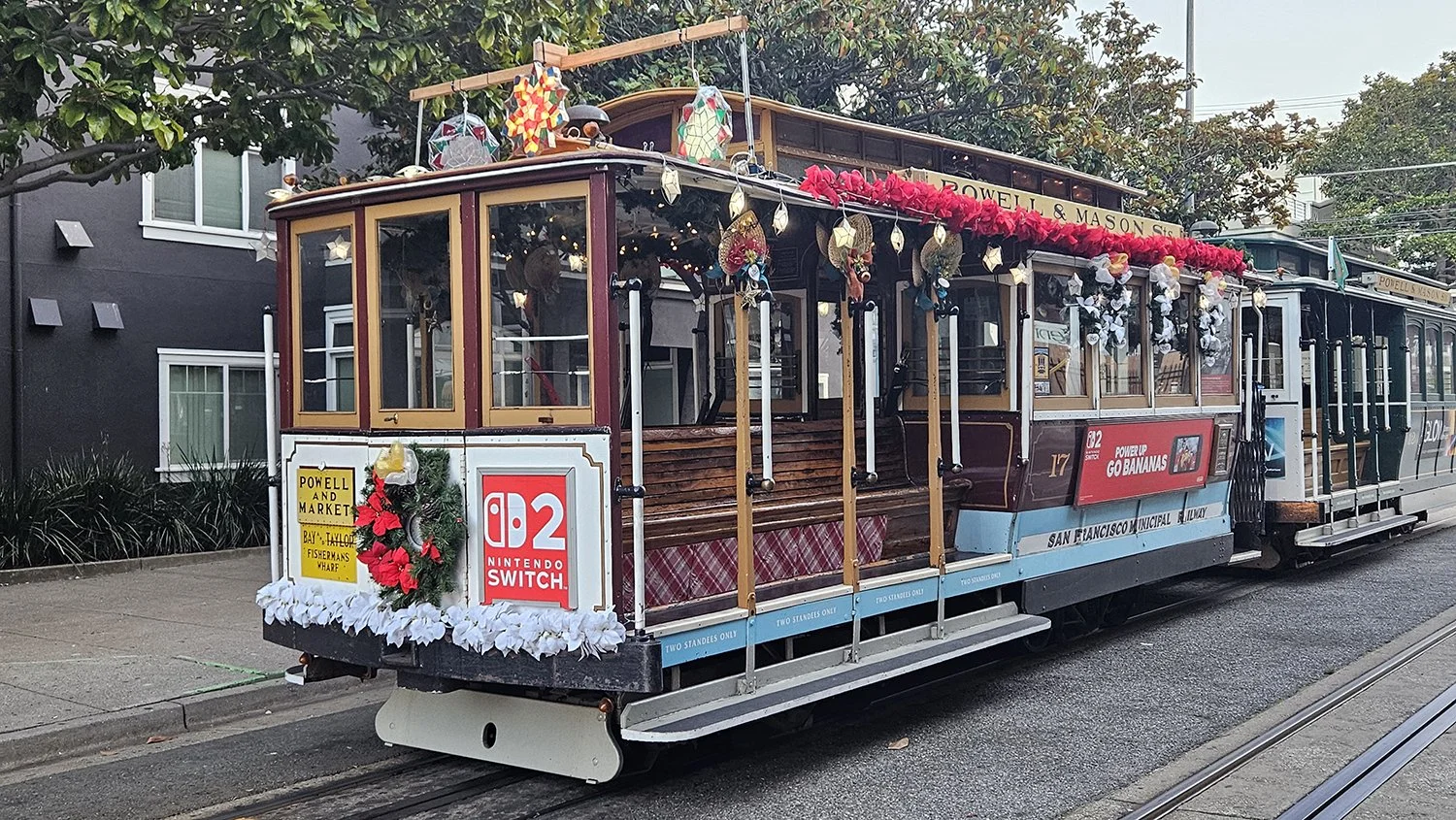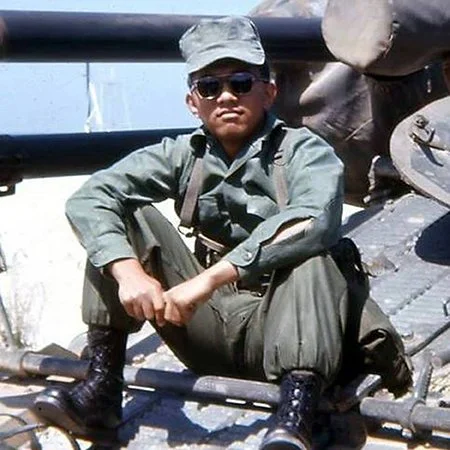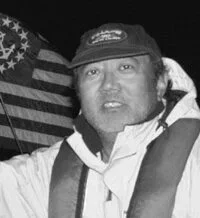From Yellow Footprints to Parade Deck: My Marine Corps Boot Camp, 1965
/Marine bootcamp graduation 1965
Journal of a ‘60s California Farm Worker, Part 5 (Last)
The five essays are pieces of my life, each one capturing a chapter in my journey from a young migrant laborer to a United States Marine. They begin in the Imperial Valley, where I worked the lettuce fields alongside other Filipino farmworkers, learning the rhythms of planting, cutting, and packing under the desert sun. From there, the story moves to Gonzales, where the asparagus harvest tested both body and will, and where the camaraderie of the bunkhouse softened the hardships of the work.
In Coachella, the grape harvest unfolded alongside weekends in Los Angeles — a mix of backbreaking field labor and fleeting moments of youth, music, and romance. Delano follows, where I arrived in September 1965 during a turning point in farm labor history, as Filipino and Mexican workers stood together in strikes that would reshape the agricultural industry.
The final essay brings me into the United States Marine Corps, where the discipline, endurance, and teamwork I had learned in the fields became the foundation for my military service.
Together, these essays are not just my personal story, but also a record of a generation of Filipino Americans whose labor and lives were deeply woven into the history of California and the nation.
Week 0 – Arrival
20 September 1965 — The morning air in Oakland was cool and clean. I stepped onto the United Airlines jet with my orders folded in my pocket, bound for San Diego. The cabin was full of young men like me, trying to mask nerves with small talk or staring out the window in silence.
I had been an Army brat for 18 years, following my father’s assignments from post to post. I knew the smell of an orderly room, the sound of a bugle, the weight of a starched uniform. But this was different. This time, I wasn’t the Master Sergeant’s kid watching from the sidelines. I was about to be the one in formation.
We landed, loaded onto buses, and rolled into the Marine Corps Recruit Depot (MCRD). The ride was quiet, until the bus doors opened. A Drill Instructor (DI)’s voice ripped through the air like a machine gun burst:
“On the yellow footprints! Now! Move it!”
We scrambled into place, boots snapping together, backs ramrod straight. The yellow footprints, perfectly spaced for the position of attention, were the first of a thousand small reminders that in the Corps, precision was everything.
The following days blurred together: medical checks, vaccinations, haircuts, and the issuing of uniforms. The civilian world fell away fast. We learned to run everywhere, to answer instantly with “Sir, yes sir!” or “Sir, no, sir!” Meals were ten-minute sprints with a tray in hand, and every mistake brought extra push-ups, rifle physical training (PT), or a trip to the sand pit.
Fabros as a Combat Interrogator - 1969
Week 1 – Shock and Adjustment
The day started before dawn, lights on, Drill Instructors already shouting. PT came first: pull-ups until your arms shook, push-ups until the deck swam in your vision, crunches until your abs screamed, then running in formation, boots hitting the pavement in perfect unison.
My farm work had left me strong, lean, and quick. No trouble running, no trouble with the exercises. That caught the DI’s attention, and by the end of the week, I was made squad leader. Now I wasn’t just responsible for myself. I had to make sure my whole squad was squared away. If someone fell short, I paid for it too.
We drilled with our rifles — the M14 — learning how to carry, present, and snap to each movement with precision. In the barracks, we learned how to fold socks and T-shirts so precisely that they could be measured, and how to make a rack so tight that you could bounce a coin.
During the Combined Action Program - 1969
Week 2 – A New Job
At the start of Week 2, I was assigned a new job: platoon guidon bearer. For two weeks, I marched at the front, carrying the platoon flag. The guidon was more than fabric; it was the symbol of who we were. If it touched the ground, it was a disgrace.
Marching with it meant my posture had to be perfect, and my steps had to be exact. Every time the platoon turned, I set the pace. Every set of eyes in the reviewing stands was on that flag — and on me.
Behind the scenes, life was relentless. DIs prowled like wolves, looking for the slightest mistake. The mess hall was a blur of clattering trays, barked commands, and half-swallowed food. At night, letters from home, especially from Mariam, were lifelines.
Week 3 – Hardening the Body
The shock of the first weeks was fading, replaced by muscle memory and discipline. Drill got sharper, our turns cleaner, our rifle movements crisper.
We added bayonet training — stabbing, slashing, shouting with every thrust. Obstacle courses became a regular test, and we learned to work together to get over walls, crawl under wire, and keep moving no matter what.
Still guidon bearer, I kept the flag steady even through wind and long marches.
Fabros as a M50 Ontos Commander - 1966
Week 4 – Back to Squad Leader
At the end of the week, the guidon passed to a white Marine, and I went back to being squad leader. In some ways, I liked it better. It meant more time focused on leading men instead of perfecting the flag drill.
Classes covered Marine Corps history, traditions, and military courtesy. We learned the chain of command, from our platoon all the way to the Commandant.
The DIs began talking about the rifle range at Edson, the place where Marines proved they could shoot. For me, that was like hearing someone describe home.
The M50 Ontos Vehicle
Week 5 – Edson Range, Camp Pendleton
We left MCRD and headed north to Camp Pendleton. Edson Range was all about one thing: marksmanship.
The first week was “Grass Week”; no live rounds yet. We sat on wooden shooting benches, aiming at barrels, practicing breathing, sight alignment, and trigger squeeze. I was at home here. I had hunted rabbits and deer as a kid with a World War I bolt-action rifle, learning the patience and steadiness that make a good shot.
Week 6 – Qualification
This was the real thing — live fire from the prone, kneeling, sitting, and standing positions at ranges out to 500 yards. Each shot was scored, and by the end, my total was 238; enough for Expert Rifleman. The black-and-silver Expert badge I pinned on my uniform later wasn’t just decoration. It was proof that the skills I’d carried from the fields and woods translated into Marine standards.
Week 7 – Back to MCRD
Returning to San Diego meant going back to the grind. Drill tightened, inspections grew harsher. PT was harder, runs were longer.
Mail call was still the highlight. Mariam’s letters came almost daily. She sent cookies and candy, but once she warned me: “The ones with three almonds — don’t eat them.” They had Ex-Lax baked in as a prank. The DIs, of course, took whatever we couldn’t finish. A few days later, some of them were moving quickly for reasons unrelated to the drill.
Fabros as a helicopter gunner - 1970
Week 8 – Polishing the Marine
This week was all about perfection. We practiced for the final inspection. Every brass button shone, every boot like glass. Our rifles were spotless, our drill movements snappy and in perfect time.
I still had my farm work savings — about $4,000 — untouched except for the bare necessities. My Marine Corps pay was deposited directly into the same account.
The ride was quiet, until the bus doors opened. A Drill Instructor’s voice ripped through the air like a machine gun burst.
Graduation Week – Earning the Title
Fort Holabird Counter Intelligent Agent School
The final week was a mix of inspections, parade deck rehearsals, and the final PT tests. We were ready.
Mariam came down from UCLA with two friends. We spent six hours together that day — talking, laughing, and holding hands when no one was looking. In those hours, the pressure of boot camp fell away.
Graduation morning was bright. The band played, guidons waved, and we marched as one. I was no longer Recruit Fabros. I was Private Fabros, United States Marine.
What I didn’t know then was how much this experience would shape me. Eight years later, at Army Officer Candidate School, the discipline and leadership I’d learned here would carry me to finish as a Distinguished Graduate, earning a Regular Army commission and the officer’s sword.
Alex S. Fabros, Jr. is a retired Philippine American Military History professor.
More articles from Alex Fabros, Jr.










